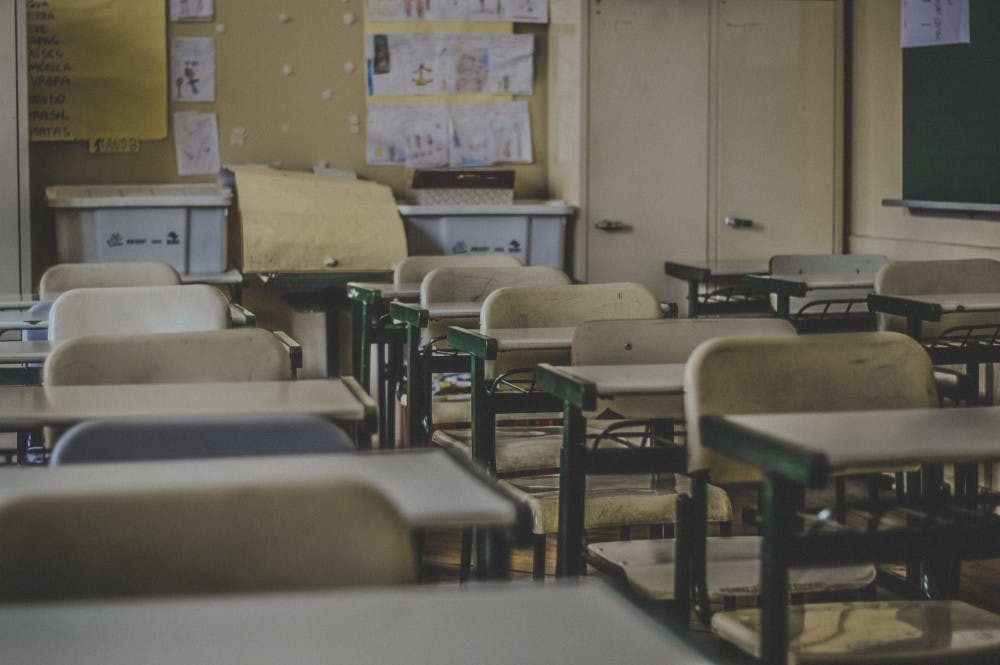The Alachua County School Board voted unanimously to increase the school budget and raise property taxes on Thursday. This would bring the county’s total education budget to $423 million.
This is a good move, and I applaud the county for providing more funding to education. But there’s a better way to fund our schools with this issue extending far beyond Alachua County.
In Alachua and just about all other counties in the nation, public schools are funded by property taxes (a tax charged by local governments based on owned property and the land it stands on). Local homeowners are the ones with a stake in having good local schools, so it makes sense they should be the ones to pay. But it doesn’t take long before you run into inequality issues, which play out all across the nation.
As NPR explained, there are large disparities in property values across the nation, with poorer areas having lower property values and richer areas having higher property values. As a result, wealthy school districts have better schools due to having the money for better teachers, equipment, etc. while poorer districts have less money to work with and lag behind. The result is an unequal system where your educational outcomes are just as dependent on where you live as it is on your own work.
Thankfully, I’m not the only one who has realized this inequality. Various solutions to this inequality issue have been offered in different parts of the U.S.
In Wyoming, the state government takes money from wealthy districts and redistributes it to poorer districts. As a result, Wyoming is now among the top-five states in the nation for per-student spending. The Wyoming model isn’t perfect — much of that money comes from the state’s oil and natural resources boom that is difficult for other states to replicate. And despite this greater spending, Wyoming ranks around the middle in academic achievement. Still, Wyoming does show states and districts don’t have to be constrained by local property taxes.
Another idea used across the nation is using lottery money to fund schools. This money alone isn’t enough, as it’s only meant to supplement property tax money, leaving us still with inequality. And that assumes schools actually see more funding from lotteries.
States like North Carolina actually spend less on education despite having a lottery in place to fund it. As state legislatures move more money away from education, they leave those schools in about the same or worse position as they were before.
Lastly, a bill proposed by the Pennsylvania state legislature in 2013 would fund schools with a dedicated income and sales tax. But this, too, has its problems.
Revenue from sales and income taxes can fluctuate based on the economy. During tough economic times, schools may be struggling to make ends meet. The Pennsylvania bill would also tax essential items like food and personal hygiene items, meaning more equal school funding would come at the cost of making life harder for poor families. The bill ultimately failed to pass, and while it was later reintroduced in 2015, it failed then, too.
Property taxes funding schools is an old idea in America, but we can see this leads to inequality and students who need the most help getting the short end of the stick. Other taxes like income and sales taxes also have their problems.
The best solution may be the simplest: redistributing more money from the state, federal government or other districts to poorer districts in order to make up the difference. With more funding, it is hoped the schools in poorer districts can afford better teachers, better facilities and better educational material.
It isn’t a perfect solution, but school funding is a complicated issue, and a perfect solution probably doesn’t exist. We just need to do what we can to fix our current broken model and ensure every student has equal access to a high-quality education.
Photo by Feliphe Schiarolli on Unsplash.




